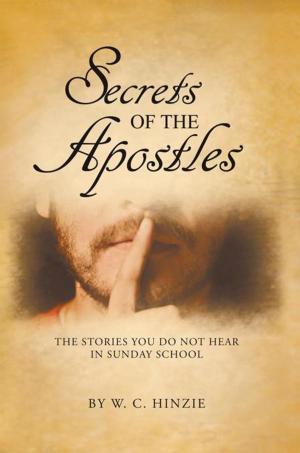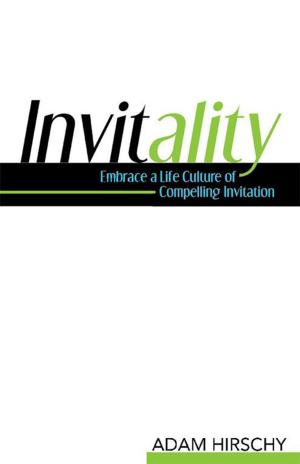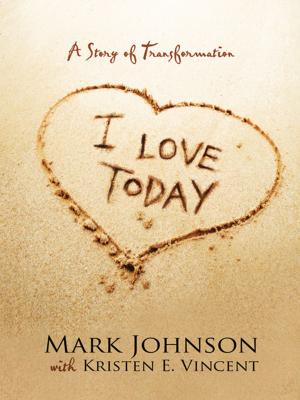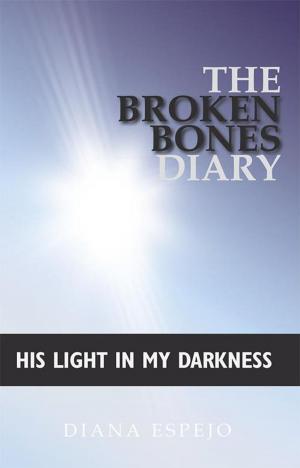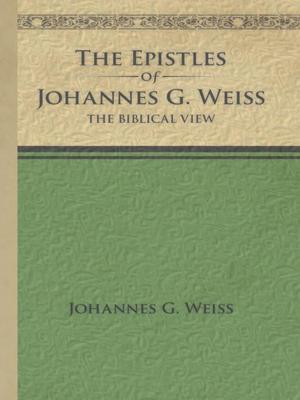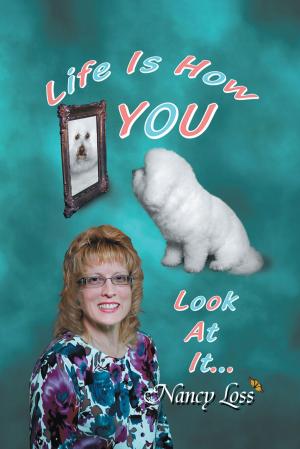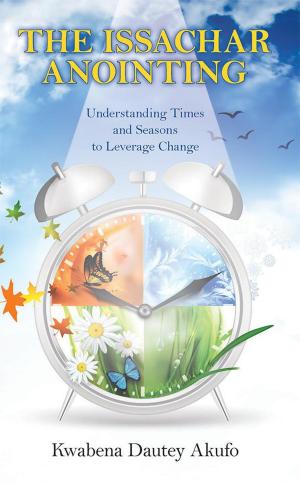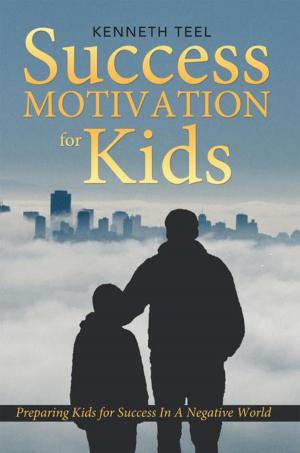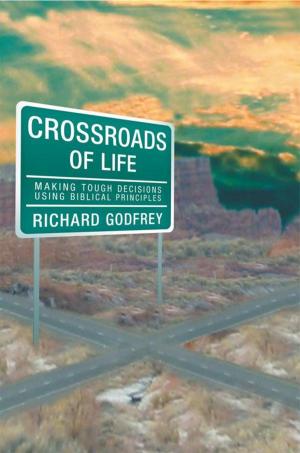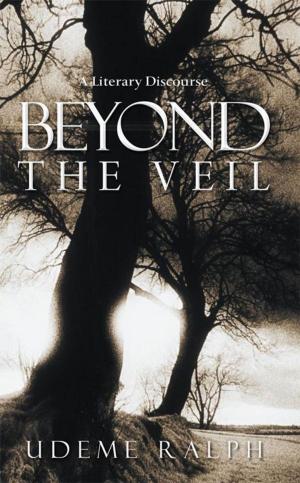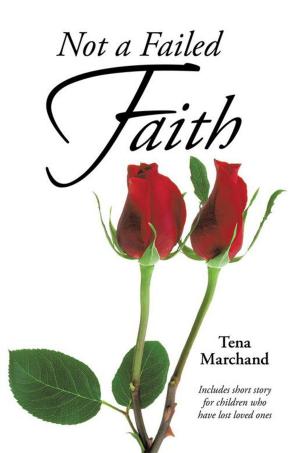Up, Up, and Away
Helping Reading Haters Become Reading Lovers
Nonfiction, Reference & Language, Education & Teaching, Teaching, Teaching Methods| Author: | Dr. Mary Moore Nance | ISBN: | 9781449780388 |
| Publisher: | WestBow Press | Publication: | October 1, 2012 |
| Imprint: | WestBow Press | Language: | English |
| Author: | Dr. Mary Moore Nance |
| ISBN: | 9781449780388 |
| Publisher: | WestBow Press |
| Publication: | October 1, 2012 |
| Imprint: | WestBow Press |
| Language: | English |
A Synopsis of Materials and Teaching Process:
Values-based stories, grades 522, three stories each level, address interest categories of adventure, biography, children/family, church history/religion, cross-cultural stories, history, problems/challenges, human relations, and missions. The first class session offers an inventory of each students reading experience, interests, and felt needs. Students indicate story preferences within the categorized stories. A graded story list aids teacher planning. In daily free class discussion, students use questions generated while reading and the thought questions provided with each story. Appendix C: The Daily Class Discussion Assignment helps thinking flow. The teacher assigns the Final Written Reflection for that days story and begins process on the subsequent story.
Dr. Nance did not see a truck driver who could not read or write wellshe saw potential. I cannot really comment on the technical side of what she did, and I cannot tell you how or what she didbut whatever it wasit obviously worked. She transformed a truck driver who had done little reading into someone who finished his bachelors, masters, and has now completed a doctoral degree! What I do know is that her kind spirit and gentle encouragement spurred me onwards toward a thirst for reading and learning all I can. The simple reality is this: the work Dr. Mary Nance has done works! I am living proof!
Dr. Ashley Olinger, Senior Pastor, First Baptist Church, Williston, North Dakota
A Synopsis of Materials and Teaching Process:
Values-based stories, grades 522, three stories each level, address interest categories of adventure, biography, children/family, church history/religion, cross-cultural stories, history, problems/challenges, human relations, and missions. The first class session offers an inventory of each students reading experience, interests, and felt needs. Students indicate story preferences within the categorized stories. A graded story list aids teacher planning. In daily free class discussion, students use questions generated while reading and the thought questions provided with each story. Appendix C: The Daily Class Discussion Assignment helps thinking flow. The teacher assigns the Final Written Reflection for that days story and begins process on the subsequent story.
Dr. Nance did not see a truck driver who could not read or write wellshe saw potential. I cannot really comment on the technical side of what she did, and I cannot tell you how or what she didbut whatever it wasit obviously worked. She transformed a truck driver who had done little reading into someone who finished his bachelors, masters, and has now completed a doctoral degree! What I do know is that her kind spirit and gentle encouragement spurred me onwards toward a thirst for reading and learning all I can. The simple reality is this: the work Dr. Mary Nance has done works! I am living proof!
Dr. Ashley Olinger, Senior Pastor, First Baptist Church, Williston, North Dakota


